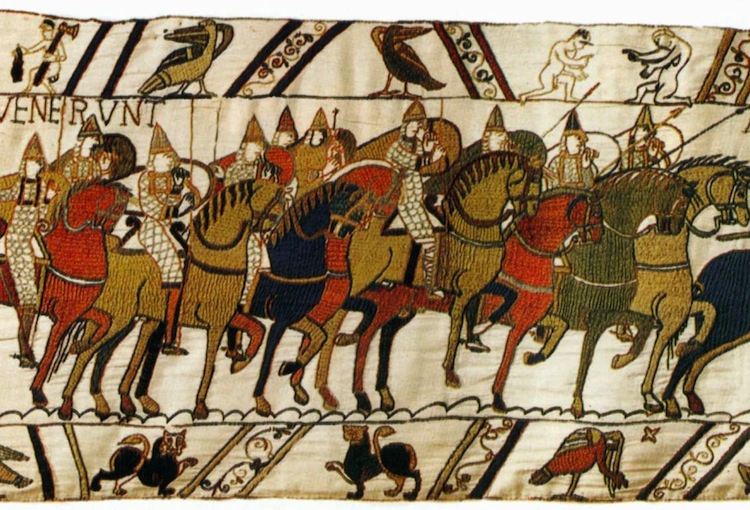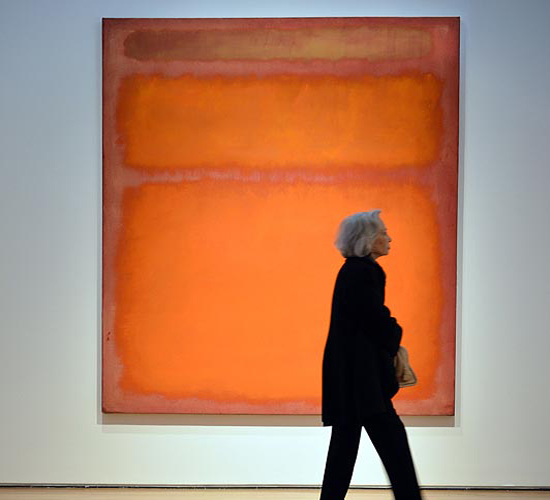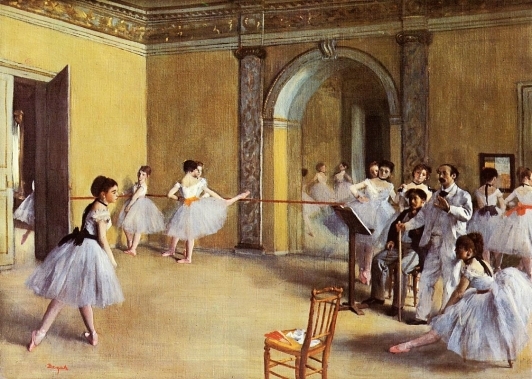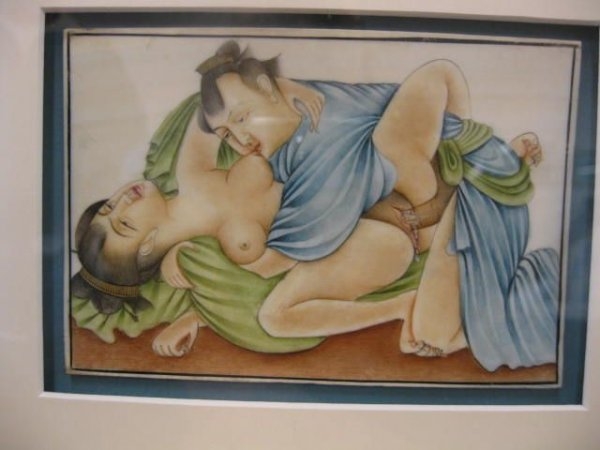One of the most important historical events of the Medieval era is the Bayeux Tapestry which celebrated the history and the story of William the Conqueror, the Norman invasion of England and the Battle of Hastings. What were the key dates of this famous historical event? The Bayeux Tapestry is one of the most important illustrated works which have survived from the Middle Ages. What were the names of the Medieval people who were involved in this historical occasion? Interesting facts and information about the Bayeux Tapestry are detailed below.
What is the Bayeux Tapestry?
What is the Bayeux Tapestry? The Bayeux Tapestry is not actually a tapestry at all – it is an embroidery! Coloured wool was used to embroider important scenes which led up to the Norman invasion of England and the Battle at Hastings in 1066. The Bayeux tapestry consists of eight long strips of unbleached linen which have been sewn together to form a continuous panel – this linen forms the background of the Bayeux tapestry. The Bayeux tapestry is about 20 inches high and 230 feet long. The exact length of the original tapestry is unknown as the final panel is incomplete. There is a saying that history is always written by the victors and the Bayeux Tapestry depicts events from a totally Norman perspective.
What pictures are shown in the Scenes of the Bayeux Tapestry?
What images or pictures are shown in the scenes Bayeux Tapestry? The pictures in the scenes depicted show:
623 people
202 horses
55 dogs
506 other birds and animals (some mythical)
49 trees
41 ships
37 buildings
57 Latin inscriptions containing nearly 2000 letters
Are there any Women shown in the Bayeux Tapestry?
Only three women are shown on the main narrative of the Tapestry. The women depicted are believed to be Edith, the wife of Edward the Confessor and sister of King Harold. A Fleeing woman is shown either trapped inside, or fleeing from, a burning building at Hastings. And a woman referred to as ‘The Mysterious Lady’ who has been referred to as Aelfgyva, which was a common Saxon name of the era.
What are on the Borders of the Bayeux Tapestry?
What are on the borders of the Tapestry? The upper and lower borders of the Bayeux tapestry are filled with mythological figures, lions, dragons, farming and Hunting and scenes from Aesops fables. The Aesop Fables on the borders of the Bayeux tapestry have been identified as:
The fox and the crow
The wolf and the lamb
The wolf and the crane
The wolf and the kid
The significance of the scenes has been debated and there are views that believe the themes of deceit, and unlawful possession in the fables have been used as a vehicle by the English embroiders to express their dissent and horror of the Norman invasion of Britain.
What colours were used to make the Bayeux Tapestry?
What colours were used to make the Bayeux Tapestry? The colored wool which was used to make the Bayeux Tapestry were as follows:
Eight different colours were used in the making of the Bayeux Tapestry
Dark blue
Blue-green
Grey-blue
Light green
Dark green
Tan
Buff
Yellow
Where was the Bayeux Tapestry made?
There are two probable places where it is most likely to have been made. The first is Winchester which was renowned for its needlework. Winchester was an important city at the time of the Norman invasion with a newly enlarged royal residence and the royal treasury was also based at Winchester. The second is Canterbury, famous for its cathedral and it was also known to have a famous school of tapestry which used a style of work very similar to that found on the Bayeux tapestry. The plans, designs and scenes for the Bayeux Tapestry would have first been approved by Bishop Odo.
Who made the Bayeux Tapestry?
Who made the Bayeux tapestry? A question that is often debated. There is a romantic story in which the wife of King William the Conqueror, Queen Matilda, made the tapestry with the help of her ladies in honor of her husband. The truth is that the tapestry was made in England. The style of the needlework was similar to that of English needle work and the fine quality of English needlework was renowned throughout France. Bishop Odo would have chosen the most skilled embroiderers for the task of creating the Bayeux Tapestry. The most talented embroiderers of the period were the noble Saxon women who had chosen to spend their life in a nunnery, or convent. Nuns of noble backgrounds spent much of their time on embroidery – menial tasks in the convent were given to lower class women. It is highly probable that these talented nuns, from various convents made the Bayeux tapestry.
How was the Bayeux Tapestry made?
How was the Bayeux tapestry made? The Bayeux tapestry was made by nuns who embroidered scenes from the Norman invasion and the Battle of Hastings on eight linen panels which were then sewn together. Colored wool was used for the embroidery. Yarn made of the colored wool was used for the threads that the pictures were embroidered in. The whole of the Bayeux tapestry was worked in only 2 embroidery stitches called:
Laid / Couched Work
Stem Stitch
Where did the idea to create the Bayeux Tapestry come from?
The idea of creating the Bayeux tapestry as a monument to the Norman victory and William the Conqueror was possibly routed in an English tradition. The Battle of Maldon in 991 had been depicted on such a tapestry which was presented to Ely Cathedral. This tapestry showed the last stand of Byrhtnoth, Earl of Essex (c. 930-91), against the Vikings and was commissioned by his widow, Aethelflaed. Byrhtnoth was buried at Ely Cathedral.
Why is it called the Bayeux Tapestry?
The tapestry was likely to have been commissioned by Bishop Odo of Bayeux, the half-brother of William, in honour of his great victory at the Battle of Hastings. The length of the tapestry fits well around the nave of Bayeux Cathedral, suggesting that it was custom built for the church, which also fits with the fact that Odo was the Bishop of Bayeux.
How long did it take to make the Bayeux Tapestry?
In March 1067 William the Conqueror returned to Normandy until December 1067. His half-brother,Bishop Odo of Bayeux, was made Earl of Kent and became William’s Deputy in England in the autumn of 1067. It is probably about this time that Bishop Odo ordered the creation of the Bayeux tapestry. The Bayeux Tapestry was first shown at the dedication of Odo’s cathedral on July 14,1077. This gives a period of ten years during which time the Bayeux tapestry was made.
The Bayeux Tapestry Scenes
The Bayeux tapestry scenes. What did the Bayeux tapestry scenes depict?
Bayeux Tapestry Scenes | |
| Description of the Bayeux tapestry scenes | |
| The first section of Bayeux tapestry scenes illustrate the events leading to the Norman invasion and the Battle of Hastings | King Edward the Confessor talking to his brother-in-law Harold, Earl of Wessex in 1064 |
| Harold Godwinson’s Journey To Normandy | |
| Harold is taken prisoner by the Normans | |
| Duke William of Normandy and Harold ride with soldiers to Rouen | |
| William and Harold and the Norman soldiers are allies as they travel fight Duke Conan of Brittany | |
| William honours Harold Godwinson with a gift of arms | |
| Harold is depicted as swearing an oath to William | |
| Harold returns to England and talks to King Edward the Confessor | |
| The death of King Edward the Confessor | |
| Harold Godwinson is crowned King of England on 6th January 1066 | |
| The second section of Bayeux tapestry scenes illustrate the preparations and the Norman Invasion fleet | Duke William who believes he should be King of England plans the Norman invasion with his half brother Bishop Odo of Bayeux |
| The next Bayeux tapestry scenes show preparations of the invasion fleet. The ships are loaded with weapons. armor, food and drink | |
| The next Bayeux tapestry scenes show the invasion fleet, led by Duke William, crossing the channel. Horses, weapons and soldiers are illustrated. Pre-built wooden castles are also loaded on the ships | |
| The third section of Bayeux tapestry scenes illustrate the events of the Battle of Hastings | On 28th September 1066 the fleet lands at Pevensey in England |
| A feast is prepared attended by Duke William and his nobles Bishop Odo is shown saying grace | |
| A Motte and Bailey castle is built at Hastings | |
| On 14th October 1066 Duke William is depicted in full armour, about to mount his horse. The Norman cavalry rides off to fight the English led by King Harold | |
| King Harold is shown getting ready to fight the Normans | |
| The battle of Hastings begins and the Bayeux tapestry scenes show the English and Norman soldiers with their armor and weapons fighting, some lay dead | |
| The slaughter continues and the Bayeux tapestry shows slaughtered soldiers and horses | |
| The Normans are shown killing King Harold who is first shot with an arrow in his eye and then hacked to death by Norman soldiers | |
| The Normans win victory over the English at the Battle of Hastings | |
Bayeux Tapestry Scenes
Interesting Information about the History of the Bayeux Tapestry
Interesting information and important facts about the history of the Bayeux Tapestry. The Bayeux Tapestry consists of a series of seventy-two scenes, or pictures, done about the time of the accession of William the Conqueror to the throne of England. The Bayeux Tapestry was probably intended to decorate the cathedral of Bayeux, in Normandy, France, where it was originally placed. Some have supposed it to be the work of the wife of William the Conqueror, Queen Matilda. The entire length is two hundred and fourteen feet and the width about twenty inches. It represents events in English history from the end of King Edward the Confessor’s reign to the Battle of Hastings. As a guide to a knowledge of the armor, weapons, and costume of the period, it is of very great value. The tapestry is preserved at Bayeux in France.
Bayeux Tapestry
Each section of this Middle Ages website addresses all topics and provides interesting facts and information about these great people and events in bygone Medieval times including the Bayeux Tapestry. The Sitemap provides full details of all of the information and facts provided about the fascinating subject of the Middle Ages!
Credits:
http://www.middle-ages.org.uk/




















